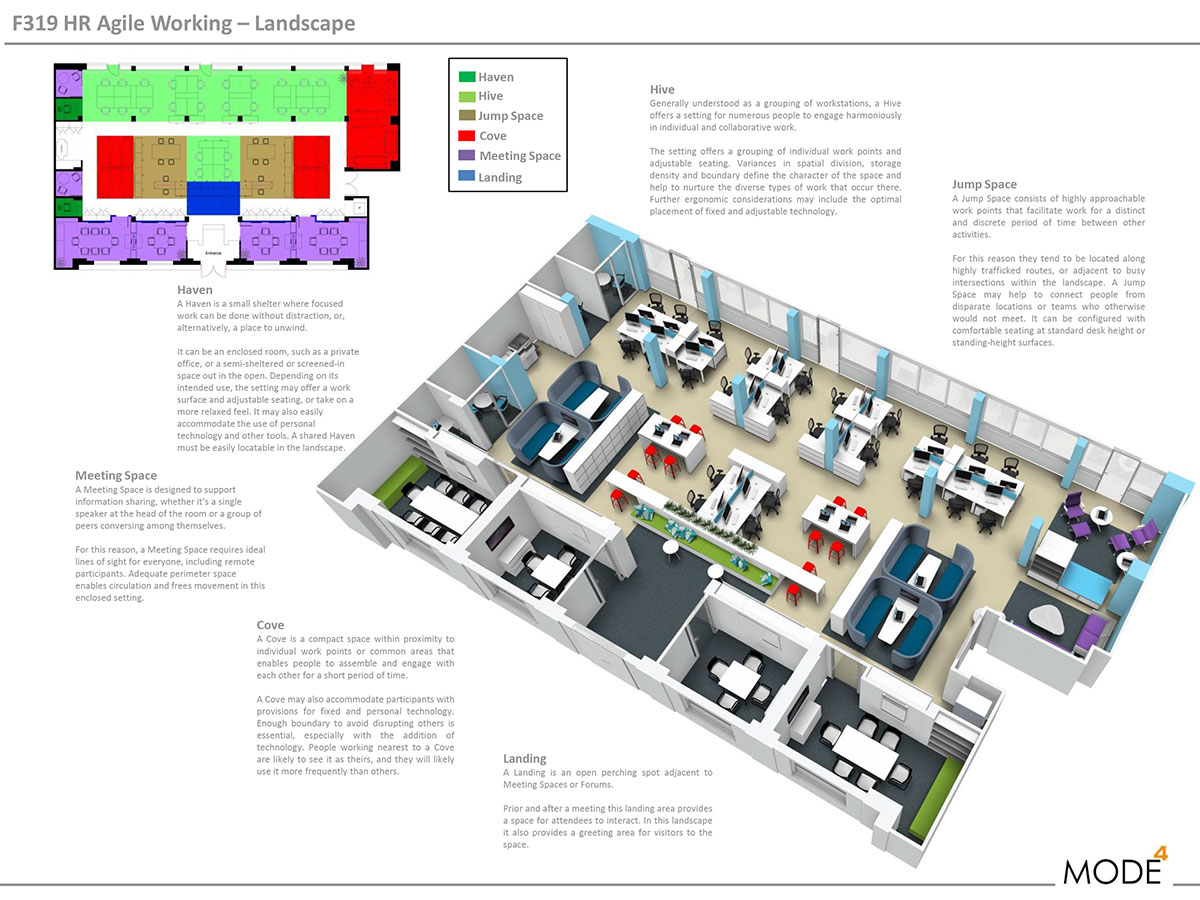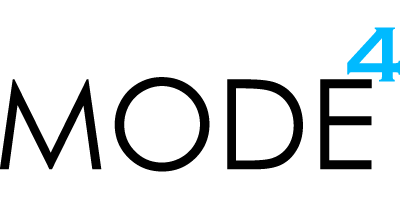Office Design for The Evolving Culture of Organisations
Long gone are the days when rows and rows of desks were installed in offices up and down the country, with regimented work practices and clocking-in and out.
Partly, it’s a natural development of working practices. But, more and more, the very make-up of the office environment is being driven by the need to attract the best people and develop an innovative culture that can compete at the highest levels.
Brands & Business Cultures
A well-rounded brand – both consumer and business-to-business – has culture firmly ingrained throughout the entire organisation. From marketing and advertising campaigns; through the design of the entrance to a shop or office building; even the way a customer service team deals with complaints. It’s what creates the ‘story’ that people buy into.
In terms of office space and furniture, it’s why successful businesses invest time and budget into ensuring that their office space matches their brand aspirations.
But, it’s not only implemented to impress visiting customers. An innovative office design will also attract and inspire the best quality staff.
Organisations ARE People
The culture of an organisation naturally develops around the attitudes of the people – from top to bottom. By demonstrating cohesive values, companies can allow staff to work the way they need to, and, actually develop the office environment they need to be more productive.
By unleashing individuals and allowing teams to collaborate, higher levels of performance can be achieved, which not only helps drive the business, but also helps reinforce the culture of the organisation.
Office Design
The latest office design techniques help, offering much more dynamic working environments. Rows of desks and partitioned department areas have been replaced with open areas for different types of working.
Wireless technology and the use of mobile devices – such as tablets and laptops – enable people to work where they want, when they want and how they want – throughout your building.
Leading office furniture brand Herman Miller call it the Living Office.
Orangebox talk about “connecting people, not furniture.
The Role of Office Furniture
Many office fit-out companies and facilities managers see office furniture as simply a practical element within the office, to put in at the last minute. For example, “We need four desks in here, a meeting table here, and a sofa here”.
But, this does not address the functional needs of a workforce that interacts in a much more agile way:
- Does the office need segmentation?
- Do we need a desk each for our mobile workforce?
- Do we have optimum storage capacity?
- Should we develop more collaborative workspaces?
- What privacy issues do we need to consider?

By understanding the business culture and working towards shared business goals, organisations are starting to maximise their office environment and – more often than not – minimising their office footprint and fixed overheads.
Agile Office Environments
One of the advantages of this way of thinking is that you can plan your office space around the way your people work. You take into account the people that are sometimes in the office and sometimes working from home or off-site.
People no longer need their own dedicated office space – Hot-Desking, shared desks and collaborative areas work hand-in-hand with mobile technology.
What’s more, attractive and practical office furniture solutions have been developed to meet the needs of the agile working environment.
Office Furniture That Enables Innovation
In the same way that Apple transformed computer and device product design, quality office furniture brands have followed suit to capitalise on the changing work environment.
And, with the right office furniture partner, you can integrate your own budgets and demands, alongside flexible office design to develop the culture of your organisation and encourage innovation.
What Next?
If you would like to know more about agile working and office design, why not get in touch?
You can also download this article as a PDF.


